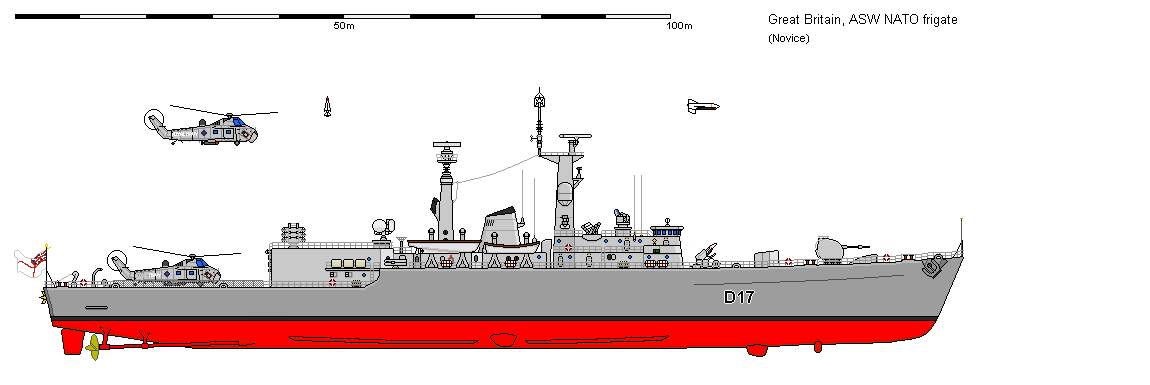As counter intuitive as it may seem, real world experience tells us otherwise. Take the Danish Niels Juel class corvette as an example.denodon wrote:I suppose it's a habit I have for drawing the smaller vessels as I see compact designs being far more efficient and cost effective than larger designs which are likely to have systems not needed to fulfill the basic requirements.
At 84m and 1320tons they're as small as they can be while still being capable of carrying out their mission. This is all well and good, but it comes with a cost. Range is short and they offer a very bumpy ride. Combine this with the fact that it's a two-watch ship and you get a fairly low endurance. If, as the Navy wanted, they'd been 10-20m longer from the start the endurance could have been increased significantly since they could have had a much more sensible engine layout, bigger bunker tanks, better sea-keeping and room for a third watch. That last one is particularly important. During the second Gulf War the Olfert Fischer had to return to port every 7-10 days in order to change crews. (Yes, SeaSwap. Unlike the USN the RDN can make it work) With a proper three watch setup they wouldn't have had to bring the second crew along at all.
In conclusion, by adding a couple of hundred tons of steel (Which is cheap) and a diesel engine (Which is cheap-ish) the Niels Juel could have been at least doubled.




 Thank you Kim for the crest
Thank you Kim for the crest